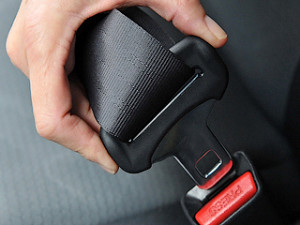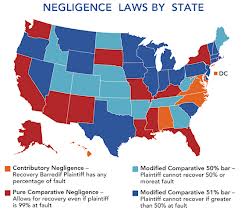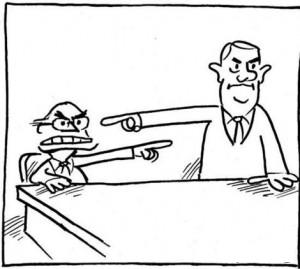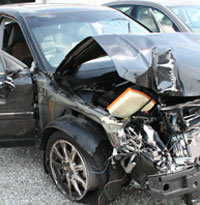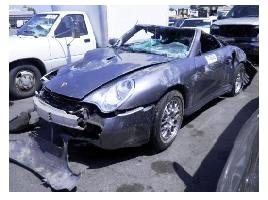The law of the land is indeed supreme. Breaching it is by no means pardonable, unless you’re certified insane by a doctor. However, the law always has its favorable nuances and loopholes to protect a citizen, even if he inadvertently ends up in a mess. This requires a good knowledge of law too- something that attorneys have been thought right from law school. ‘Ignorance of law’ or a bit of negligence can never be justified in a court of law; and apart from losing your compensation you could, in the worst case, even end up behind bars.
Sorry if I delved too much into the fundamentals of the laws regarding ‘contributory negligence’. It’s true that ignorance of law is seldom looked upon with mercy in the US. However, the bitter fact is that quite a few of us mess up our lives as we aren’t aware of the subtleties of the law. And in this post, I introduce you to one such incredible clause in state law- that of ‘Contributory Negligence’, and the ways in which it could affect your personal injury claim.
How does ‘Contributory Negligence’ Work?
To put it simply, contributory negligence works such that “the affected party in a road accident shall not be eligible for any compensation if he/she has even in the least measure contributed to the occurrence of the said incident”; i.e. knowingly or unknowingly, you should not have been responsible for any degree of negligence in an accident.
For instance, suppose you were driving through an intersection and another car having crossed a stop sign or red light dashes in and hits your vehicle. Quite obviously, the other driver would be surely considered guilty of the offence. In such a case, if you hadn’t crossed speed limits or defied any traffic rules, you’re entitled to compensation and that is beyond any doubt. However, if you’re living in one of the contributory negligence states of USA, and had neglected any one of the traffic rules, you shall be regarded as one of the causatives of the accident. It would not matter if the other driver is 99 per cent at fault; your 1 per cent negligence is more than enough to deprive you of your accident claims.
Contributory negligence can be tactfully circumvented in some instances. If your lawyer proves that the other party was ‘willful and wanton’ or ‘grossly negligent’, you just might have the fortune to overcome the hurdle of contributory negligence.
Well, that’s all for now about what contributory negligence states and how it is applied. To learn more, please read the posts below.
Google+

